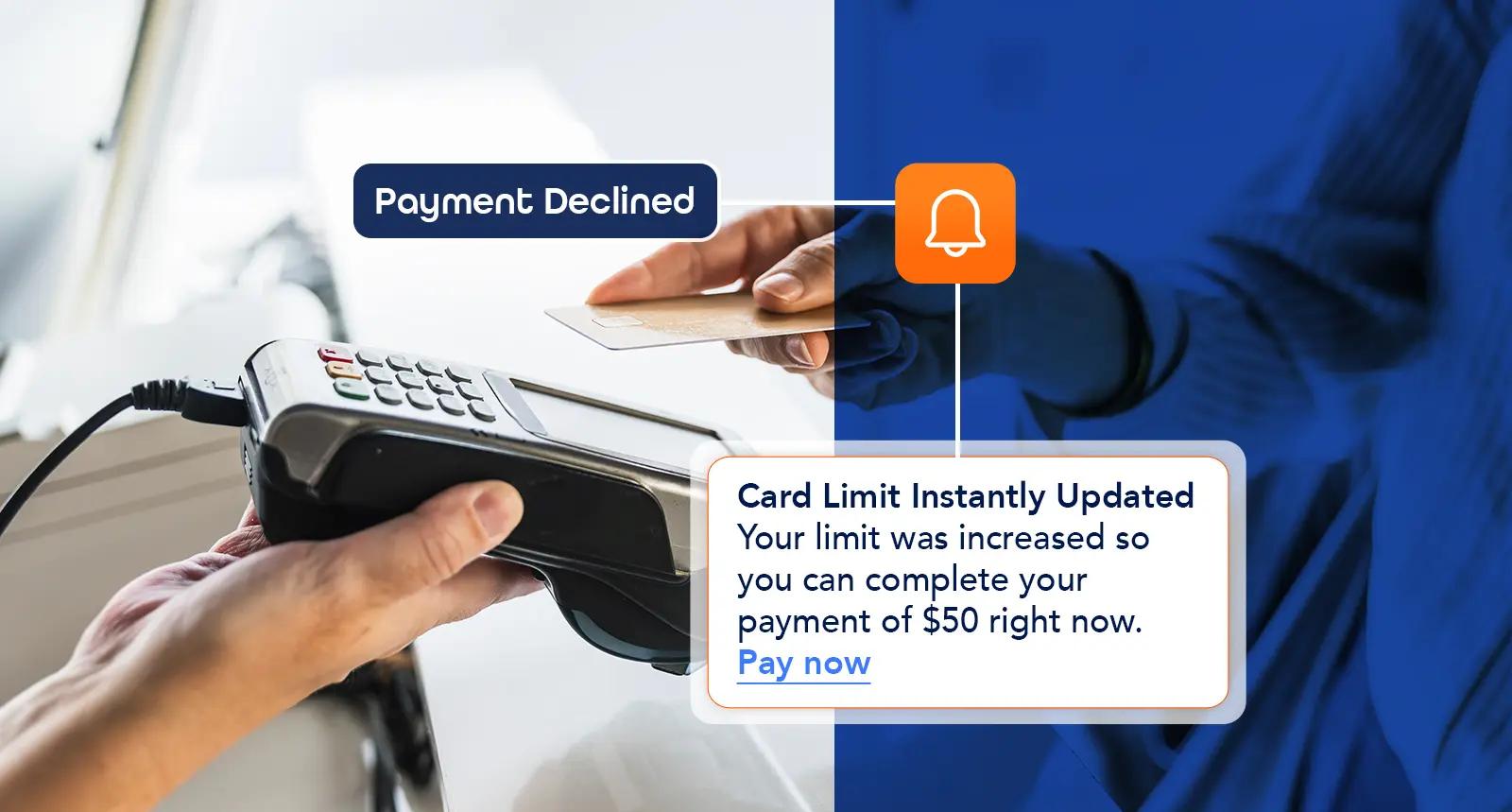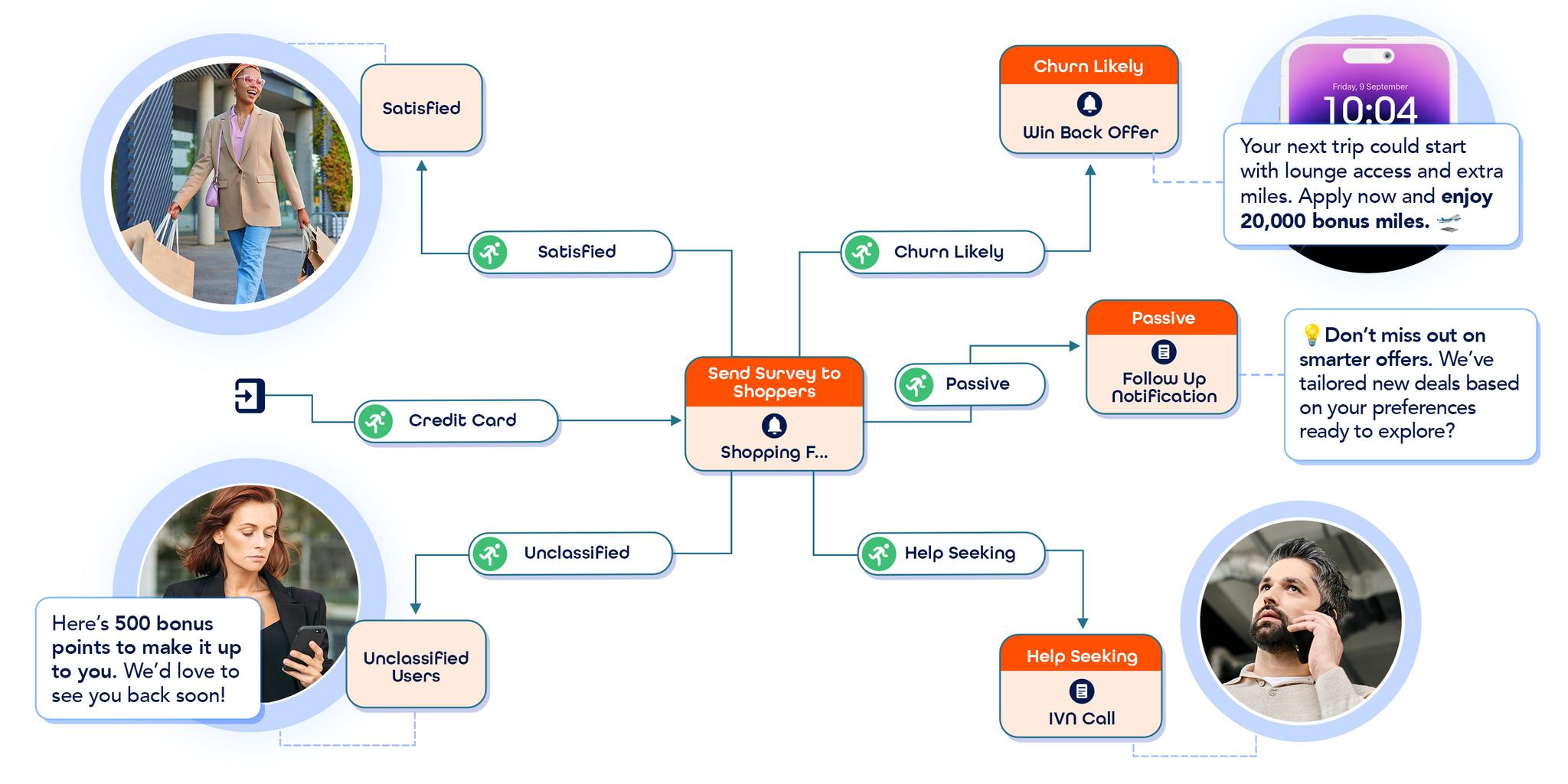- What is User Behavior Analytics?
- The Importance of User Behavior Analytics
- Key User Behavior Analytics Use Cases
- Improving User Experience
- Enhancing Product Development
- Optimizing Marketing Strategies
- Detecting Fraudulent Activities
- Behavior Analysis: Methods and Best Practices
- Analytics Tools for User Behavior Insights
- Behavioral Segmentation in Marketing
- Importance of Behavioral Segmentation
- Real-World Examples of User Behavior Analytics
- Challenges and Ethical Considerations
- How to Get Started with User Behavior Analytics
- Future Trends in User Behavior Analytics
- Conclusion: Turning Insights into Action
User behavior analytics (UBA) is transforming how businesses understand their customers. It involves collecting and analyzing data on user interactions. This data reveals patterns and preferences.
UBA is crucial for businesses aiming to improve customer engagement. It helps identify what users like and dislike. This understanding can drive better business decisions.
The insights gained from UBA are actionable. They can enhance user experience and optimize marketing strategies. Businesses can tailor their offerings to meet user needs.
Behavior analysis is at the heart of UBA. It uncovers trends that inform strategic planning. This leads to more effective customer interactions.
Analytics tools play a vital role in UBA. They process large data volumes to extract meaningful insights. These tools are essential for businesses today.
Behavioral segmentation marketing is another key aspect. It allows targeting specific user groups based on behavior. This personalization boosts conversion rates.
Understanding user behavior is more important than ever. It provides a competitive edge in a data-driven world.
evamX unifies behavioral signals from mobile & web SDKs, core systems, and events to build live, dynamic profiles—so insights don’t sit in dashboards; they immediately power journeys, offers, and messages across channels.
What is User Behavior Analytics?
User behavior analytics (UBA) is the process of collecting and interpreting data on user interactions with digital products or services. This process involves tracking user actions, such as clicks, scrolls, and navigation paths. UBA seeks to understand the motivations behind these actions.
UBA can reveal user preferences and pain points. By analyzing the data, businesses can gain insights into why users behave in certain ways. These insights help companies improve their offerings to better meet user needs.
At the core of UBA is detailed behavior analysis. This can include identifying patterns in user interaction. Such patterns might reveal common frustrations or frequently used features.
Key components of UBA include:
- Data collection from various sources
- Data analysis to identify patterns
- Insights generation for decision-making
UBA goes beyond mere statistics. It provides a deeper understanding of user engagement. This understanding is critical for developing effective business strategies. Analytics tools aid this process, making it more efficient and insightful.
With evamX, behavior signals (events, attributes, intents) are not just analyzed—they trigger context-aware actions in real time via Journey Orchestration, NBX (next-best-experience), and frequency/silent-period controls.
The Importance of User Behavior Analytics
User behavior analytics is vital for modern businesses. It provides key insights into how users interact with products and services. By understanding these interactions, companies can make informed decisions.
Behavior analysis helps in enhancing the customer experience. It identifies user needs and preferences, guiding product improvements. This ensures that products and services align with customer expectations.
UBA offers several benefits, including:
Improved user engagement and retention
Enhanced customer satisfaction
Increased efficiency in product development
Better-targeted marketing strategies
Moreover, user behavior insights support strategic planning. They highlight areas of opportunity and potential threats. Companies can proactively address issues before they escalate.
The importance of UBA extends beyond day-to-day operations. It is a strategic tool for gaining a competitive edge. Understanding user behavior can distinguish successful businesses from their competitors in a rapidly evolving market.
Teams use evamX to convert UBA insights into live outcomes—e.g., automated recoveries when a step is abandoned, or contextual cross-sell when a propensity signal spikes—without waiting for a batch cycle.
Key User Behavior Analytics Use Cases
User behavior analytics plays a crucial role in various business areas. It enables targeted solutions by revealing specific user interactions. This leads to improved business outcomes.
One primary use case is enhancing user experience. By analyzing user behavior, businesses can identify friction points. This allows for adjustments that improve satisfaction and engagement.
Another application is in product development. Insights from user behavior help prioritize feature enhancements. Understanding what users value guides product teams in creating better offerings.
Marketing strategy optimization is also a significant use case. UBA helps businesses tailor campaigns to user preferences. This results in higher conversion rates and more effective marketing efforts.
The following are key benefits of UBA:
Identifying user needs
Personalizing user interactions
Improving conversion rates
Enhancing customer retention
Furthermore, UBA is instrumental in detecting fraudulent activities. It highlights unusual patterns that may indicate fraud, enhancing security measures.
UBA provides actionable insights to monitor and predict user trends. This allows businesses to anticipate changes and adapt swiftly. Timely responses to user needs significantly enhance competitive positioning.
By leveraging these insights, businesses transform data into strategic actions. This makes UBA indispensable for growth and innovation.
In our Product Demo Hub, you’ll find behavior-driven journeys like cart/favorites recovery, failed-transaction rescue, and funding/loan intent use cases—each mapping a UBA signal to a real-time action via evamX.
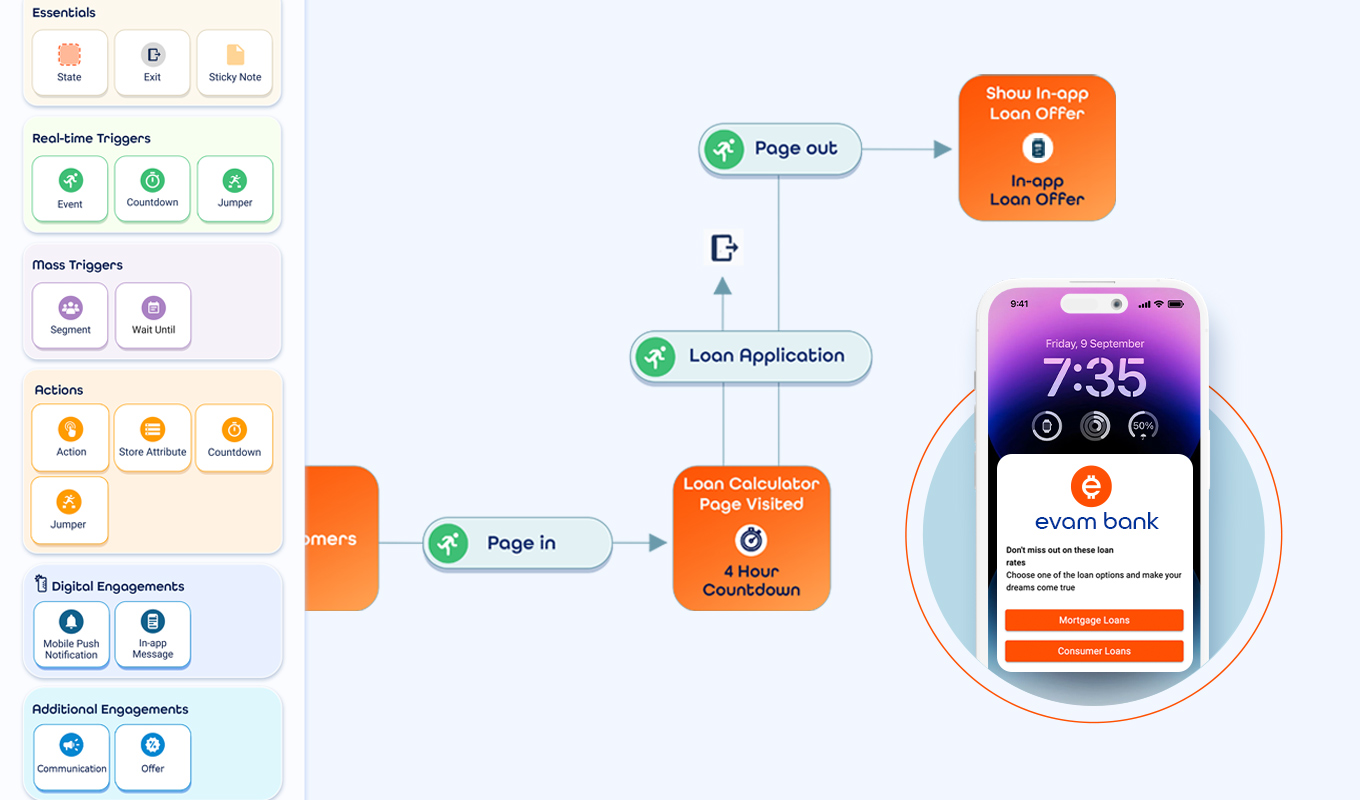
Improving User Experience
Improving user experience is crucial for retaining customers. User behavior analytics can pinpoint areas of friction. Addressing these areas creates a more seamless experience.
Through behavior analysis, businesses can identify:
Pages with high exit rates
Features causing user confusion
Common paths to completion
These insights enable teams to refine their products. As a result, user satisfaction and loyalty increase. Enhanced user experiences foster stronger brand connections.
Use “Wait Until,” “Countdown,” and Jumper in evamX Journey Designer to time nudges precisely, move users across journeys without losing context, and de-escalate effort where friction is detected.
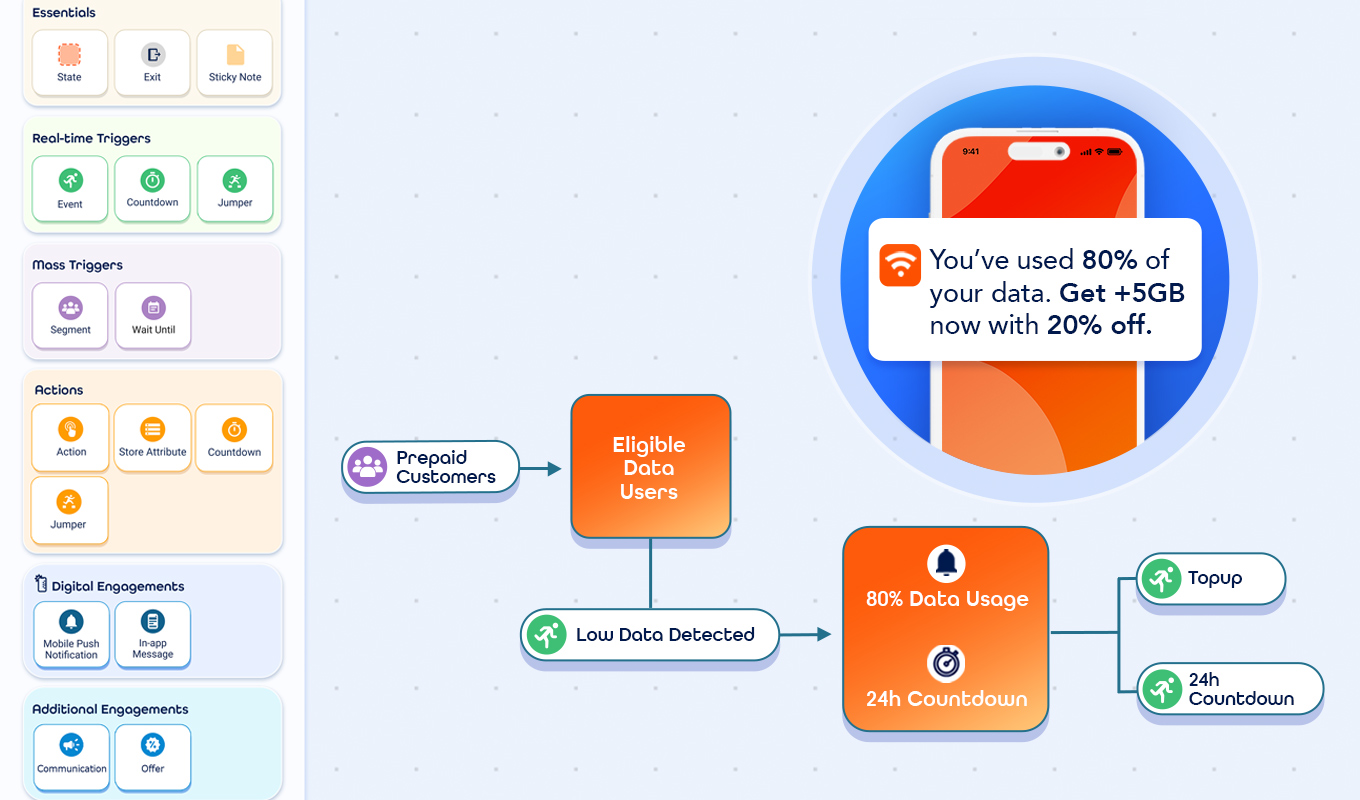
Enhancing Product Development
Product development benefits greatly from UBA. Insights guide teams in understanding user preferences. This focus leads to products that resonate with users.
Use behavior data to prioritize feature enhancements. Analyze:
Features with high engagement
Common user feedback topics
Requests for new capabilities
By aligning development with user behavior, businesses create more appealing products. This results in higher user adoption and better market fit. UBA is crucial in aligning products with customer needs and expectations.
Journey and Engagement reporting dashboards (delivery → click → conversion, time-of-day heatmaps, flow/funnel analytics) help product teams validate if changes reduced drop-offs and where to iterate next.
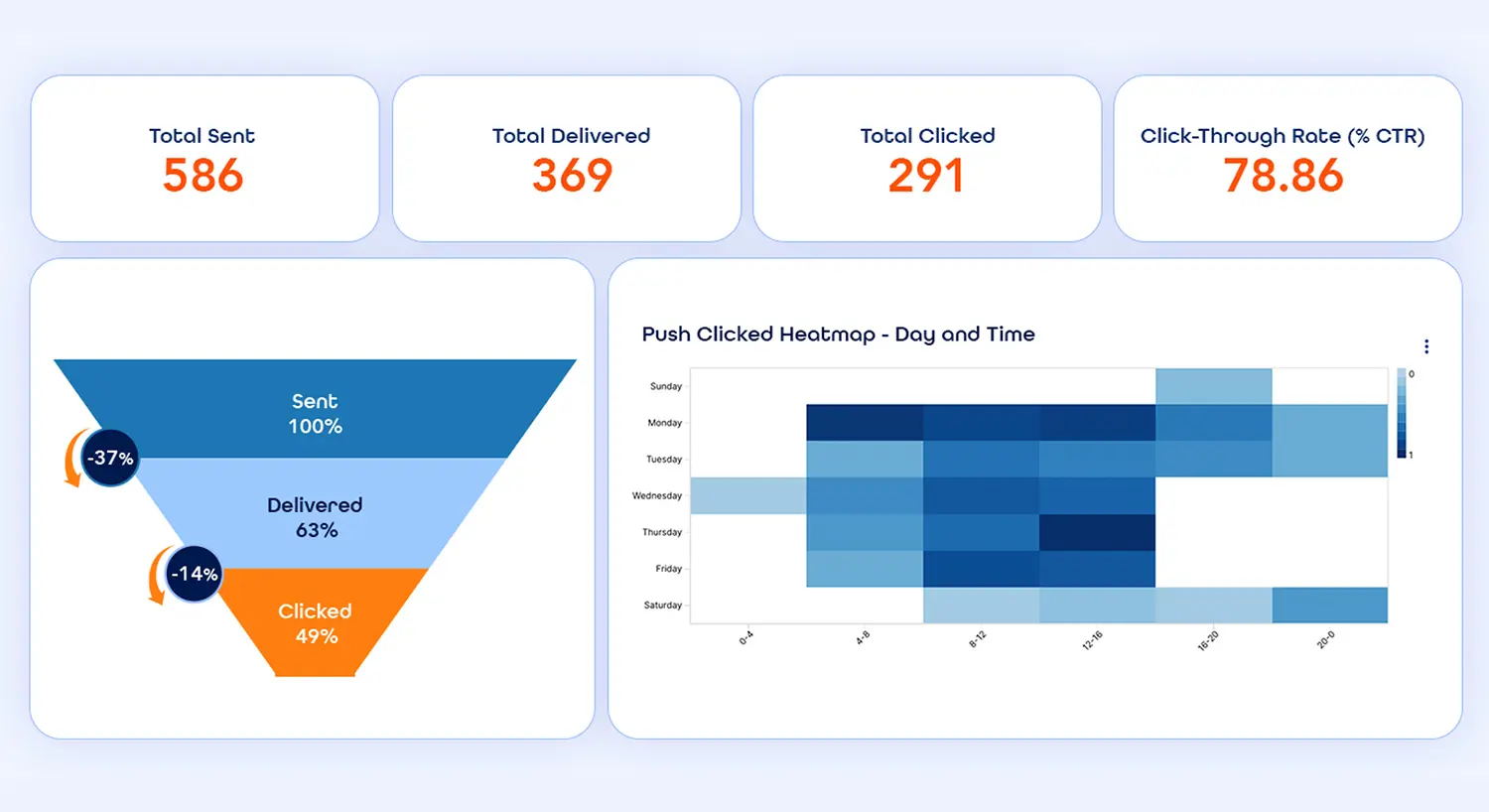
Optimizing Marketing Strategies
Marketing strategies need to be data-driven. UBA helps tailor campaigns to meet user preferences. This leads to more effective engagement and conversion.
Key marketing optimization activities include:
- Segmenting audiences based on behavior
- Personalizing content and offers
- A/B testing based on behavior insights
Customized marketing efforts are more persuasive. They resonate with users on a personal level. UBA empowers marketers to connect and convert more effectively.
Combine Smart Segmentation with NBX Decisioning to select the best offer/channel in-the-moment and enforce frequency capping/silent periods to protect experience while lifting ROI.
Detecting Fraudulent Activities
UBA can identify unusual behavior patterns. These anomalies might suggest fraudulent activity. This is crucial for maintaining security and trust.
By monitoring user behavior, businesses can:
Detect deviations from normal patterns
Identify suspicious activities promptly
Early detection allows for swift action. It helps protect both the business and its customers from potential fraud. UBA is essential for robust security frameworks.
Real-time events + rule-based eligibility/suppression mean you can mask risky offers, route to secure flows, or trigger additional verification as soon as abnormal behavior is detected.
Behavior Analysis: Methods and Best Practices
Behavior analysis involves examining user interactions in detail. It requires a structured approach to extract useful information. Different methods can be employed depending on the data and goals.
Heatmaps are a valuable tool for visualizing user activity. They show where users click, scroll, or hover. This data helps identify areas of interest or confusion.
Session recordings provide a play-by-play of user interactions. They offer insights into user navigation paths and decision-making processes. Analyzing these recordings can uncover usability issues.
Effective behavior analysis requires setting clear objectives. Decide what user actions to track and why. This focus ensures that collected data informs specific business goals.
Best practices include:
- Defining KPIs before starting
- Using a mix of qualitative and quantitative data
- Ensuring data quality and accuracy
Collaboration among teams enhances analysis effectiveness. Analysts, marketers, and developers should work together. This ensures insights lead to meaningful actions and improvements.
Successful behavior analysis is an ongoing process. Regularly updating strategies based on new data is crucial. This continuous refinement helps align user experiences with evolving business objectives.
Evo.ai summarizes complex journeys/segments into business-friendly briefs, recommends optimizations, and accelerates cross-team reviews—so insights become actions faster.
Analytics Tools for User Behavior Insights
Choosing the right analytics tools is vital for user behavior insights. They help turn vast data into clear, actionable information. Various options cater to different business needs.
Tools like GA4 offer foundational metrics. They track user flow, bounce rates, and session duration. These metrics assist in understanding general user behavior.
Advanced tools provide deeper insights. For instance, Mixpanel focuses on user engagement. It allows businesses to track events across different platforms.
Key features to look for include:
- Real-time data reporting for immediate insights
- Integration with other platforms for a holistic view
- Customizable dashboards to monitor specific metrics
Other options like Hotjar add qualitative insights. It captures user feedback through surveys and visual tools like heatmaps. This complements quantitative data with user sentiments.
The right tool should align with your goals. Evaluate tools based on functionality, ease of use, and integration capabilities. Investing time to understand these tools maximizes their potential in driving user-focused strategies.
When you need to act on insights, evamX provides the orchestration, decisioning, and engagement layer—so analytics doesn’t stop at reporting; it drives real-time outcomes.
Behavioral Segmentation in Marketing
Behavioral segmentation divides customers based on their actions. It plays a crucial role in crafting targeted marketing strategies. By analyzing user behaviors, businesses can tailor their offerings.
Segmenting by behavior focuses on factors like purchase patterns, usage rates, and brand interactions. This method provides a more nuanced approach than demographic or geographic segmentation.
Effective behavioral segmentation ensures personalized marketing. Companies can develop campaigns that resonate with specific segments. This personalization leads to higher engagement and conversion rates.
Common behavioral segments include:
- Occasional users and regular customers
- Low spenders and high-value customers
- Browsers and purchasers
Crafting a strategy that responds to these segments allows businesses to optimize resources. It enhances user retention and satisfaction. Thus, marketers must focus on behavior-driven data to remain competitive.
Our Product Demo Hub includes behavior-based recoveries, tiered spend accelerators, and contextual loan offers, showing how segments update in real time as behavior changes.
Importance of Behavioral Segmentation
The importance of behavioral segmentation cannot be overstated. It transforms generic marketing into personalized user experiences.
By understanding user actions and preferences, businesses can improve product-market fit. This precision in marketing efforts leads to higher ROI. It reduces wasted resources on uninterested customers.
Benefits include:
- Increased relevance of marketing messages
- Improved customer satisfaction
- Enhanced conversion rates
Incorporating behavioral insights enables businesses to address specific user needs. This approach builds stronger customer relationships. Tailored experiences ensure users feel valued and understood, encouraging brand loyalty.
Banks and telcos using evamX report higher conversion and retention when behavioral segments power real-time journeys and NBX offers at the exact moment of intent.
Real-World Examples of User Behavior Analytics
User behavior analytics (UBA) is transforming businesses worldwide. Companies are leveraging it to gain a competitive edge. Real-world cases highlight its impact and relevance across industries.
Consider e-commerce platforms as a prime example. They use UBA to understand customer journeys. This enables them to personalize recommendations and improve conversion rates.
In the financial sector, banks utilize UBA to detect fraudulent activity. By analyzing spending patterns, unusual behavior flags potential fraud. This proactive approach protects both the bank and its customers.
Healthcare is another industry benefiting from UBA. Hospitals analyze patient interactions to enhance care pathways. This leads to improved patient satisfaction and optimized resource allocation.
Examples of UBA in action include:
- E-commerce sites boosting sales through personalized offers
- Banks identifying and preventing fraud
- Hospitals enhancing patient experiences
Success snapshots with evamX:
tbi bank achieved a 12% uplift in successful onboardings (peaks up to 30%) and scaled to 2–5M monthly communications, by triggering contextual journeys at drop-off moments.
ABB Bank launched 60+ real-time scenarios, cut call-center costs by ~50% (~AZN 70K/year), and sold AZN 25M+ in cash loans in 3 months through behavior-driven orchestration.
Challenges and Ethical Considerations
User behavior analytics (UBA) holds immense potential, but there are challenges. One significant issue is data accuracy. Collecting consistent, high-quality data can be daunting.
Ethical concerns are equally pressing. Businesses must handle user data responsibly. Transparency is key to maintaining user trust.
Consider these ethical considerations:
Ensuring data privacy and compliance
Obtaining clear user consent for data collection
Balancing insights with user rights
Addressing these challenges and ethical considerations demands diligence. By prioritizing data integrity and ethical practices, businesses can harness UBA responsibly and effectively.
evamX guardrails: Contact policy, proper time, and silent-period controls help respect preferences; governance, eligibility & suppression logic reduce fatigue and protect user trust while staying effective.
How to Get Started with User Behavior Analytics
Beginning with user behavior analytics (UBA) involves several key steps. First, it's crucial to define specific goals. Knowing what you aim to achieve helps guide the process.
Next, consider the tools you'll need. Choose analytics tools that fit your business needs. Tools should offer valuable insights aligned with your objectives.
After selecting tools, collect and analyze data. Focus on gathering quality data from relevant sources. This data will form the foundation of your insights.
Finally, ensure your team is prepared. Equip them with the necessary skills and knowledge. Provide training to maximize the effectiveness of UBA strategies.
Initial steps:
- Define clear objectives and key performance indicators (KPIs)
- Select appropriate analytics tools
- Collect quality user data
- Train your team for implementation
Fast-track with evamX: Connect data sources, configure event catalogues, and activate journeys & NBX, then iterate quickly using flow/funnel analytics. Our Demo Hub shows end-to-end examples you can mirror.
Future Trends in User Behavior Analytics
User behavior analytics (UBA) is rapidly evolving. Emerging trends will shape its future direction. Real-time analytics is growing in importance. It enables instant insights, allowing businesses to act quickly.
Automation and machine learning are also gaining traction. These technologies enhance data processing capabilities. They make it easier to uncover hidden patterns.
Watch these trends:
- Increased automation
- Real-time data processing
- Integration with artificial intelligence
Staying updated on these trends is crucial. As UBA tools advance, businesses can leverage them to gain a competitive edge. Embracing new technologies will ensure you remain at the forefront of customer understanding.
Looking ahead with evamX: From Sense AI (intent/emotion classification) to Message AI and Segment Summarizer, evamX is pushing UBA from analysis to autonomous optimization—closing the loop between insight and action.
Conclusion: Turning Insights into Action
User behavior analytics provides invaluable insights. These insights are only useful if acted upon effectively. Businesses should convert data into strategic decisions. This process can drive growth and customer satisfaction.
Collaboration is key to success. Teams must integrate UBA findings across departments. This ensures cohesive strategies and informed decision-making. By prioritizing user behavior analysis, companies can refine their offerings. Ultimately, such efforts lead to improved customer experiences and competitive advantages.
Request a Personlized Demo to see how EvamX converts behavior signals into real-time outcomes—from recovery journeys and spend accelerators to contextual loan offers—then adapt them to your stack.






